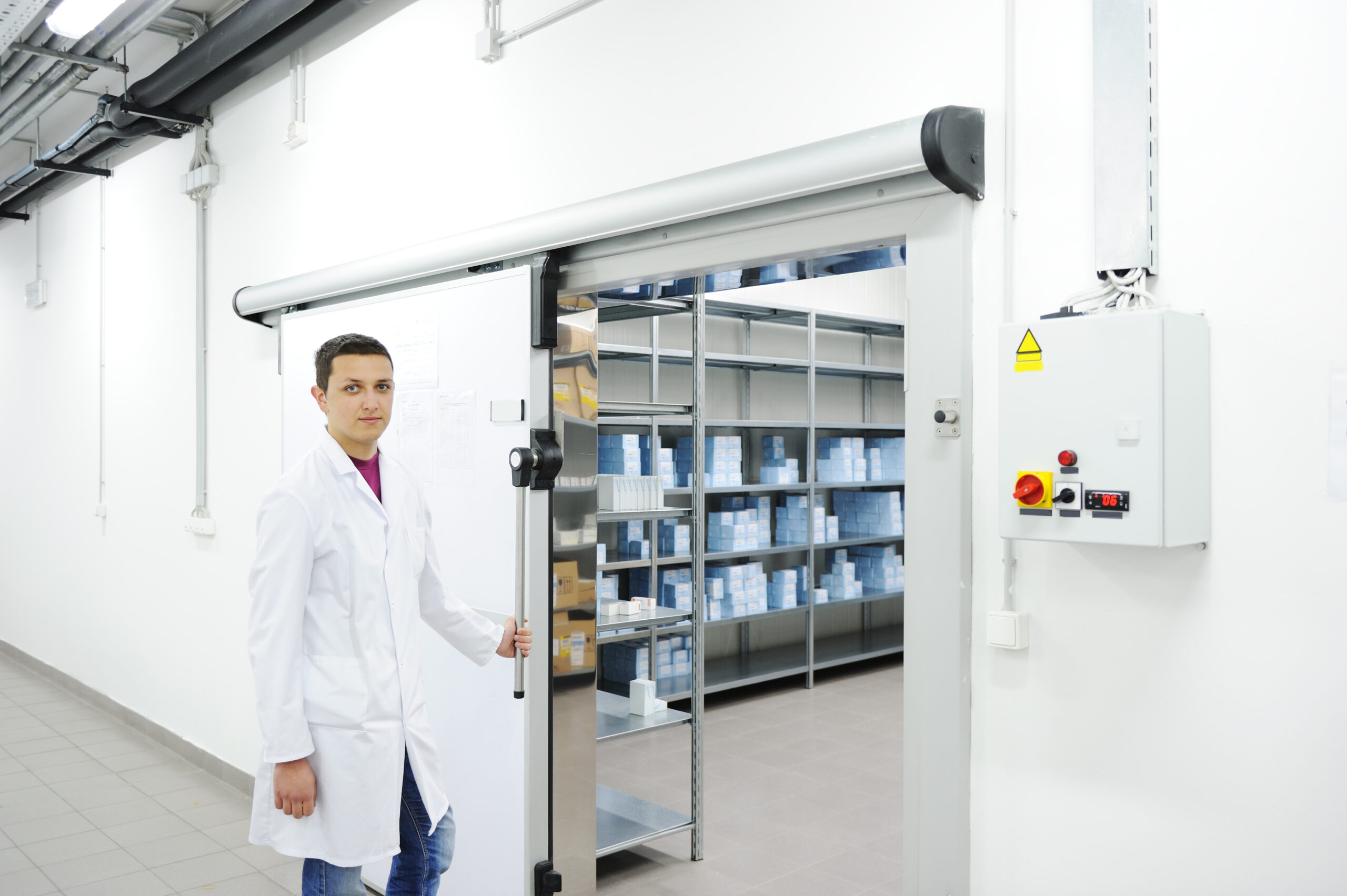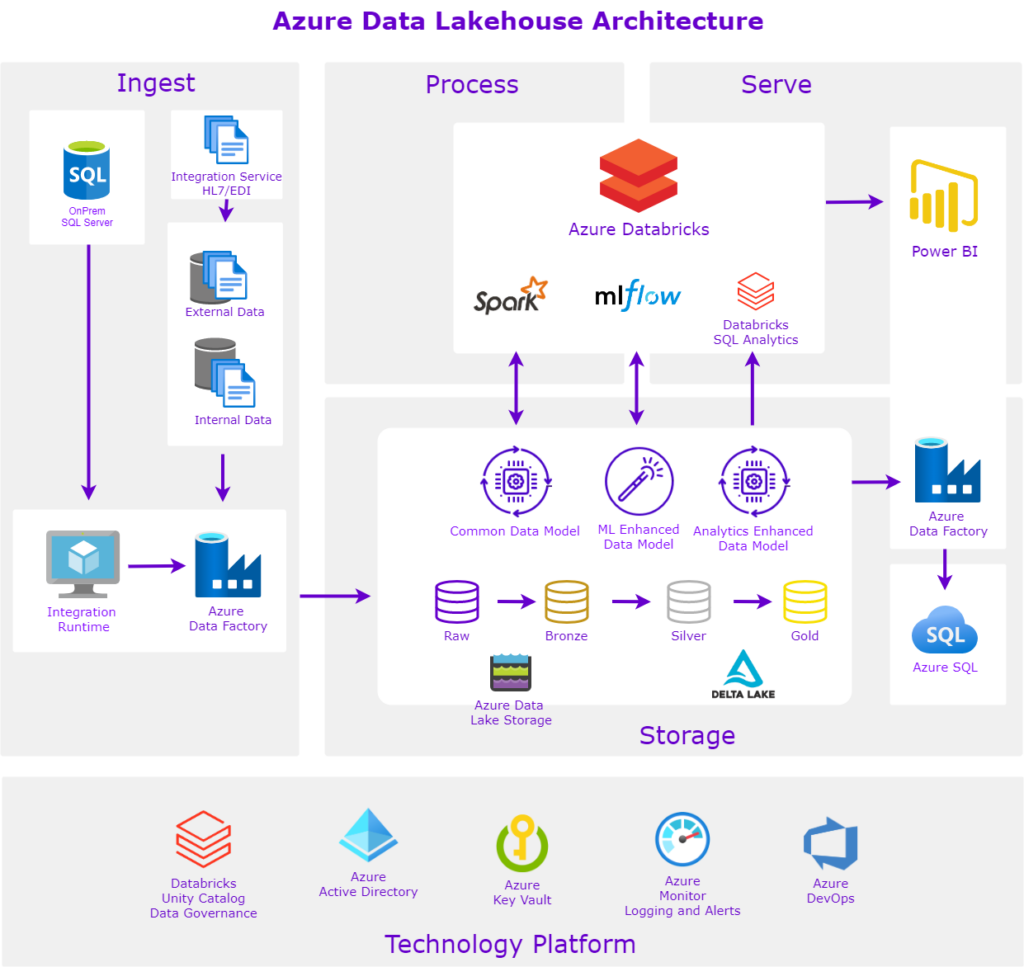Financial Services
Modernizing a digital platform
Increasing vehicle sales through subscription-based revenue stream
Overview
A leading global assets company approached Kopius to help modernize their digital operations and support a new subscription-based revenue stream. With a focus on commercial vehicle resale, they needed to build a technical foundation that could support future growth while ensuring core systems remained functional in real time. Kopius partnered with their internal teams to develop and launch key product features, including payment processing and real-time asset valuation tools, all while supporting a live production environment.
Challenge
The client had ambitious plans to shift part of their vehicle resale business into a subscription-based model, but lacked the backend infrastructure and technical functionality to support it. Their platform did not yet have a payment processor or scalable valuation system in place. Adding to the complexity, all upgrades needed to occur while the site continued operating live, with no interruption to ongoing vehicle listings and sales.

Solutions
Kopius embedded a cross-functional team to design and implement key capabilities across their digital platform:
- Payment Processing Integration: Implemented a solution to enable seamless, secure transactions for subscription services.
- Modular Feature Development: Delivered major new platform features while preserving full uptime, ensuring that day-to-day operations were never disrupted.
This approach allowed the client to move quickly without sacrificing operational stability or user experience.
Results
The partnership delivered measurable impact within just six months:
- Enabled Subscription Sales: The platform now fully supports subscriptions, a capability that did not exist prior to Kopius’s involvement.
- Increased Vehicle Sales: The number of vehicles sold on the platform has steadily increased since launch.
- Client Feedback: The client team described themselves as “more than satisfied” with the functionality delivered and has expressed interest in ongoing enhancements.
Due to the major upgrades Kopius implemented, our client’s platform now operates and responds more efficiently and reliably.
















